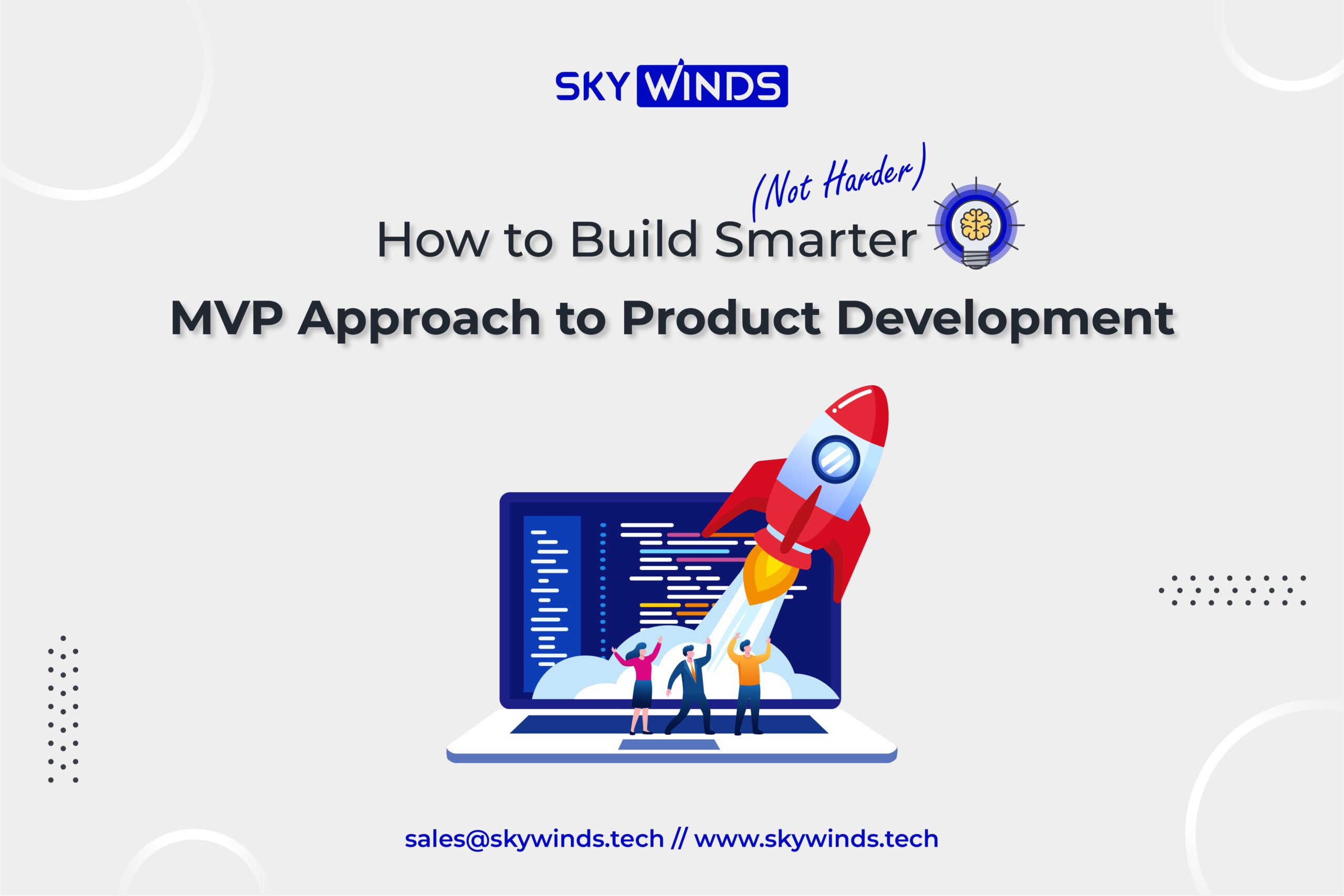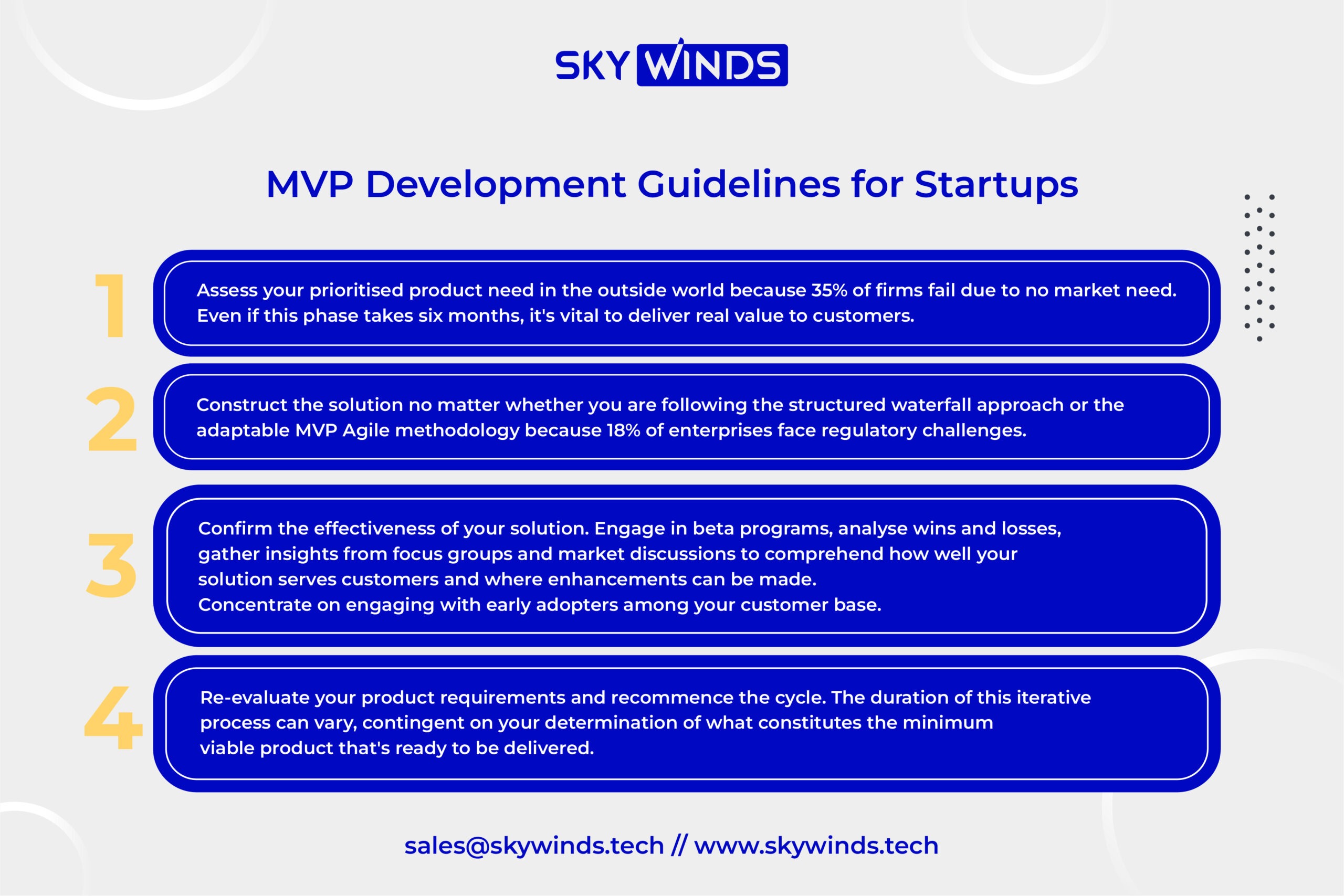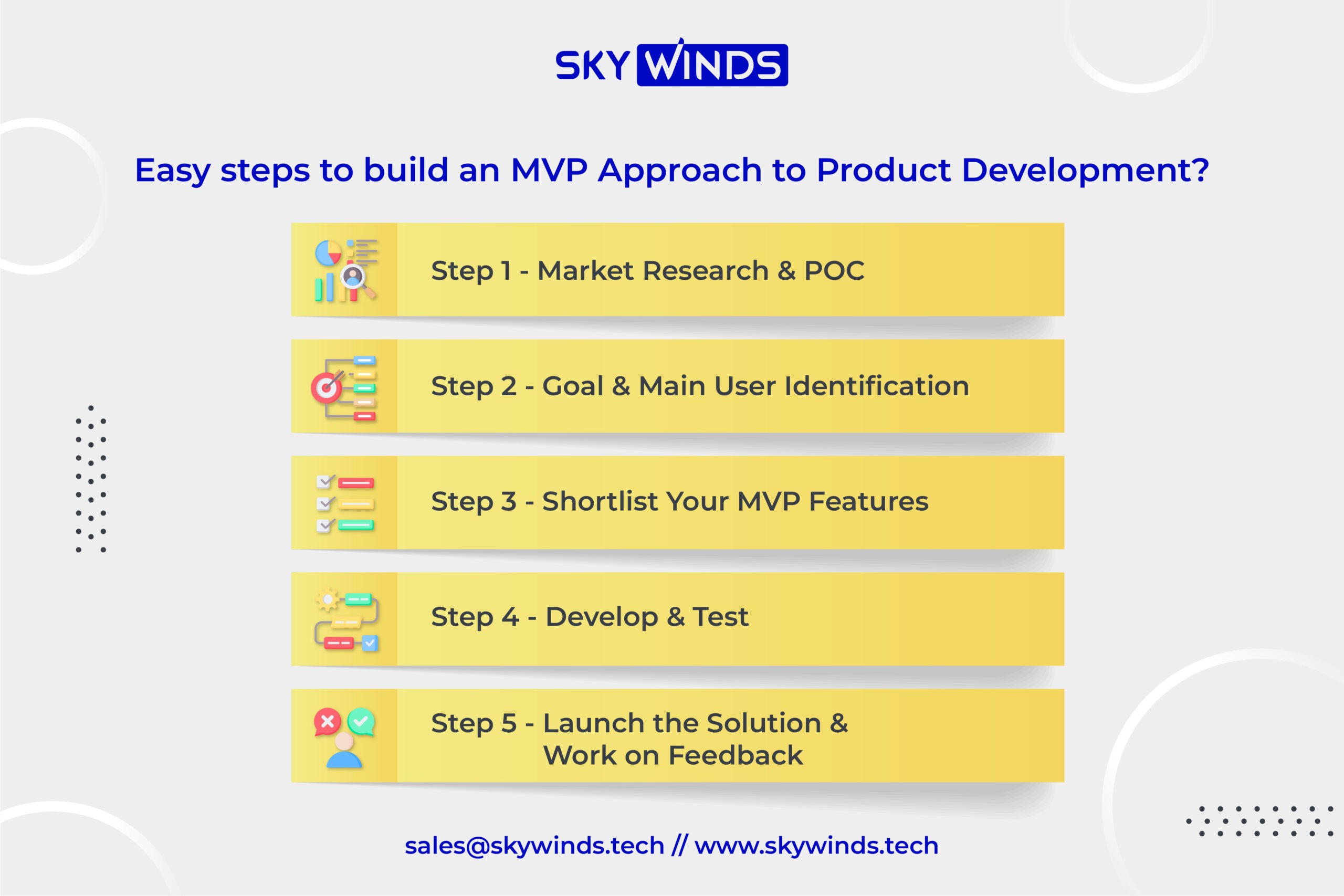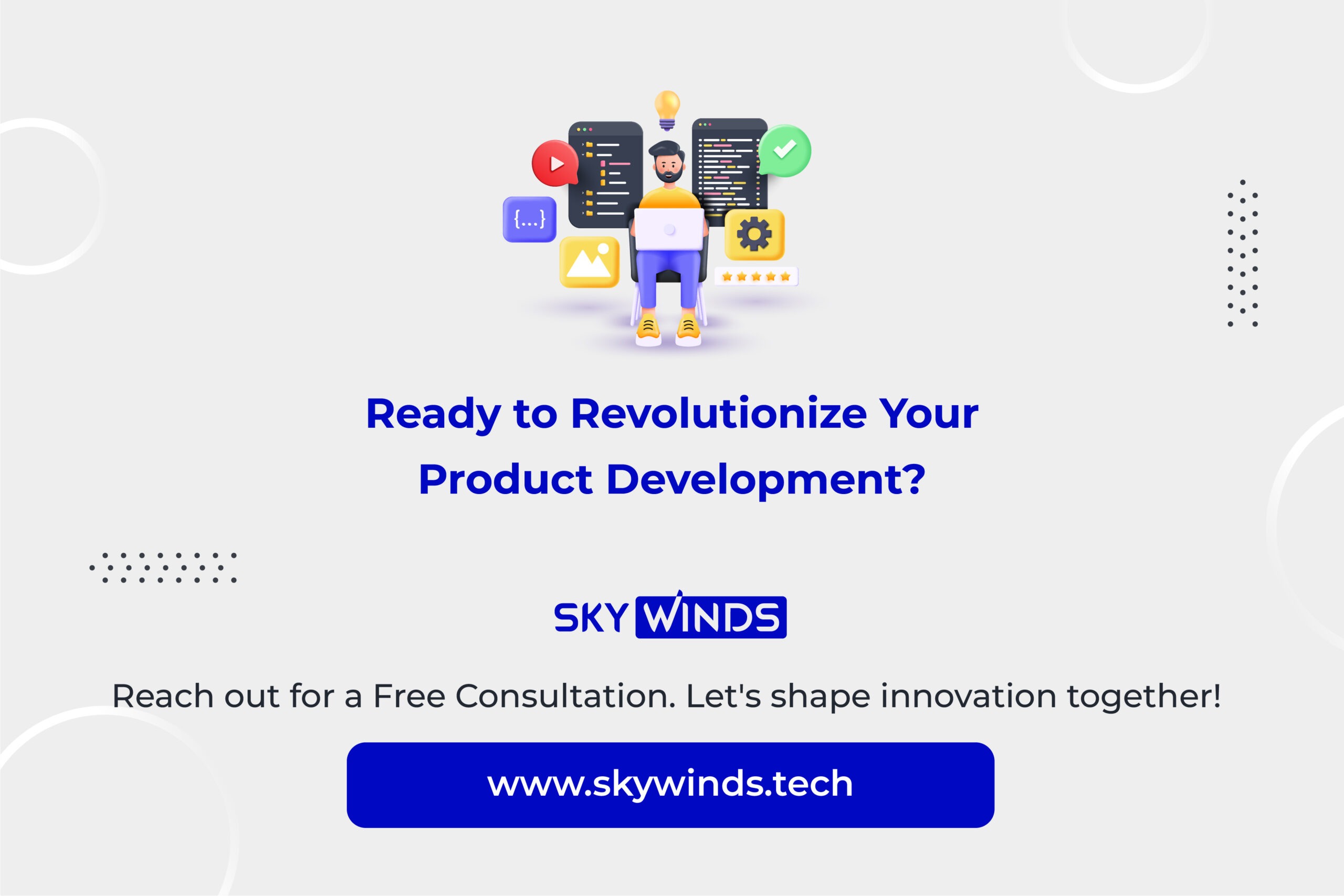
MVP Approach to Product Development is like a starting a company from the ground requires courage. Even if you have gained the support of investors and your promising business idea has received approval from many friends still, there are numerous potential pitfalls to look for.
According to a recent survey, one-third of startup founders share that they initiated their businesses with under $5,000 and without a strong belief that they would ultimately succeed.
To reduce the risk of failure during the initial year of establishing a business, it’s wise to begin by creating an MVP. In this article, we will delve into the specifics of what an MVP means in the context of startups, the various steps you can follow to achieve success, and the significance of the MVP phase for startups.
Table of Contents
What is an MVP Approach to Product Development?
An MVP approach to product development is like a seat belt for your business journey. Just as you put on a seat belt when driving, acknowledging the possibility of accidents, an MVP serves as a safety measure. It increases the likelihood of surviving challenges.
Putting metaphors aside, a minimum viable product (MVP) serves as an initial version of a product or service designed for early users. Essentially, it provides enough features to allow your users to test the product and grasp its value.
Moreover, it serves as a valuable testing ground for developers and founders, indicating areas for improvement based on user input. When it comes to MVP development, there are three crucial aspects to nail down-
- Priorities essential features: The frequent pitfall in MVP creation is just because of favoring the simple features over the pivotal ones, which has led to 19% business failure.
- Embrace sales even if perfection is distant: Ultimately, profitability is your target, and by allowing pre-orders, you can initiate profit generation right from the start. Remarkably, 1 in 7 product ideas achieves success when they directly address the specific challenges faced by customers.
- Embrace sales even if perfection is distant: Ultimately, profitability is your target, and by allowing pre-orders, you can initiate profit generation right from the start. Remarkably, 1 in 7 product ideas achieves success when they directly address the specific challenges faced by customers.
Why do you need MVP Approach in Product Development?
A basic version of your product, known as an MVP, is incredibly useful when you’re just starting to develop it. By making a simplified version of your product early on, you can find out if your idea is really as good as it seemed. It also helps you figure out which way to go as you continue working to make your product a good fit for the market.
Typically, a product, whether it’s an app, tool, or service, is created to fulfil what consumers need. Its purpose is to solve problems for users or enhance their daily lives through the use of this specific product. If the product successfully does this, users will recognize its value naturally.
This might lead to the product gaining popularity on its own as more and more new users learn about it through recommendations. This concept is essentially what “product-led growth” means, and it’s something you should aim for right from the beginning, even when you’re just starting to develop an MVP.
The effectiveness of this approach has been convincingly demonstrated by major MVP development companies like Spotify, Amazon, and Airbnb. Additionally, this approach has benefited 65% of startups in the US, both big and small, with strong product concepts. These startups succeeded by adopting a strategy that yielded positive results and turned their ideas into successful products.
MVP Development Guidelines for Startups

Below given is the curated list of the guidelines that should not be disregarded during MVP development for startups–
1. Assess your prioritized product need in the outside world because 35% of firms fail due to no market need. Even if this phase takes six months, it’s vital to deliver real value to customers.
2. Construct the solution no matter whether you are following the structured waterfall approach or the adaptable MVP Agile methodology because 18% of enterprises face regulatory challenges.
3. Confirm the effectiveness of your solution. Engage in beta programs, analyze wins and losses, gather insights from focus groups and market discussions to comprehend how well your solution serves customers and where enhancements can be made. Concentrate on engaging with early adopters among your customer base.
4. Re-evaluate your product requirements and recommence the cycle. The duration of this iterative process can vary, contingent on your determination of what constitutes the minimum viable product that’s ready to be delivered.
How do you build an MVP Approach to Product Development?

The process of MVP development is well-organized and divided into clear milestones. To assist you in transitioning to the hands-on aspect, we will delve into each stage extensively, offering tips and examples for reference-
1. Market Research & POC
The initial and highly pivotal phase of MVP development involves studying the market you intend to enter. It’s crucial to analyze the following information-
- The needs of your target audience and their buying patterns.
- Key trends prevalent in the market.
- Pricing considerations and potential returns.
- Strategies for advertising and promotion.
Commence by engaging in a proof of concept (POC) step to determine how your product will distinguish itself from others. This will aid you in crafting a valuable solution that aligns with user expectations. Subsequently, progress from POC to prototype and finally to MVP creation.
2. Goal & Main User Identification
While building an MVP for product development, the inclination to make it universally popular is understandable. However, this path isn’t sustainable and could lead to financial setbacks and personal exhaustion as the project owner. So, focus primarily on those individuals who genuinely require and will readily adopt your product.
Throughout this phase, a comprehensive evaluation of the target audience is imperative, given that 8% of businesses have faced failure due to subpar products. This analysis proves valuable for both MVP development and upcoming promotional endeavors.
When pinpointing potential clients, concentrate on these key aspects-
- Demographics like age, gender, location, marital status, and occupation.
- Their financial capacity.
- Their preferred device choices.
- How the issue your minimum viable product addresses resonates with them.
With this, you’ll craft a detailed picture of your typical product consumer.
3. Shortlist Your MVP Features
MVP approach to product development before proceeding with concrete development, select key features that will form the foundation of your minimum viable product. Compile a list of essential components and priorities their integration.
Typically, an MVP comprises a restricted set of critical functionalities, serving as the bedrock for startup MVP development. Identify these essentials and supplement them with a roster of supplementary features for future incorporation.
4. Develop & Test
Once you have gathered and extensively studied all available data, it’s time to initiate the MVP development phase. As you begin crafting the solution, remember these key points-
- 1. Scrutinize the strengths and weaknesses of your minimum viable product, identifying avenues for enhancement.
- Select the management and development approach that aligns with your preferences, considering that 78% of global organisations hold a positive outlook on their outsourcing partners, and then advance into quality assurance testing.
- Stay mindful of potential risks, whether they’re internal or external in nature.
5. Launch the Solution & Work on Feedback
Following the MVP release, it remains crucial to carry on with ongoing testing and carefully assess user feedback. Pay special attention to remarks regarding the interface, usability, feature list, design, and overall user experience.
Consider these inquiries-
- Did users find the product enjoyable to use?
- Are they inclined to recommend it to others?
- Does it offer value for its price?
- Which features should be included or removed?
These are significant aspects of mvp approach to product development, and perspectives on them can vary. Research indicates that by conducting tests with 10 participants, we can identify 97% of moderately common issues (with a 30% likelihood of detection) and 63% of less frequent problems (with a 10% likelihood of detection).
Therefore, it’s prudent to focus on recurring concerns and enhance the product based on those.
MVP App Development Company Examples
MVP in software development conserves time, effort, and finances. To grasp this concept better, let’s consider a doughnut as an example. The initial version, a simple bun with a hole, satisfies the basic need of hunger (MVP).
As it’s embraced by customers, iterations enhance it with chocolate or cream toppings, meeting both core requirements and elevated taste. Likewise, major players have employed the MVP approach to product development, launching basic products and later expanding features for improved usability and reach.
Facebook: They initially named “Thefacebook,” which began as an MVP connecting American students across schools. Initially introduced in four universities, this basic app underwent a year-long test on a specific audience before becoming accessible to a global user base.
Dropbox: A renowned file-hosting company which embraced the MVP concept with just one co-founder. They utilized an explanatory video showcasing innovative technology features. Astonishingly, signups surged by 5 times overnight, even without a real product.
Today, with over 600 million users, Dropbox exemplifies how the MVP strategy tested their business hypothesis and gauged market needs, all before launching the actual software.
Conclusion

MVP Approach to Product Development revolves around analysis and strategy rather than immediate development. It involves testing hypotheses, gauging the significance and desire for the product among end-users, and subsequently fine-tuning the concept based on user feedback. Therefore, starting today, make sure to prioritize this approach highly in your development strategy. Click here to reach out for a free consultation on your MVP Development


